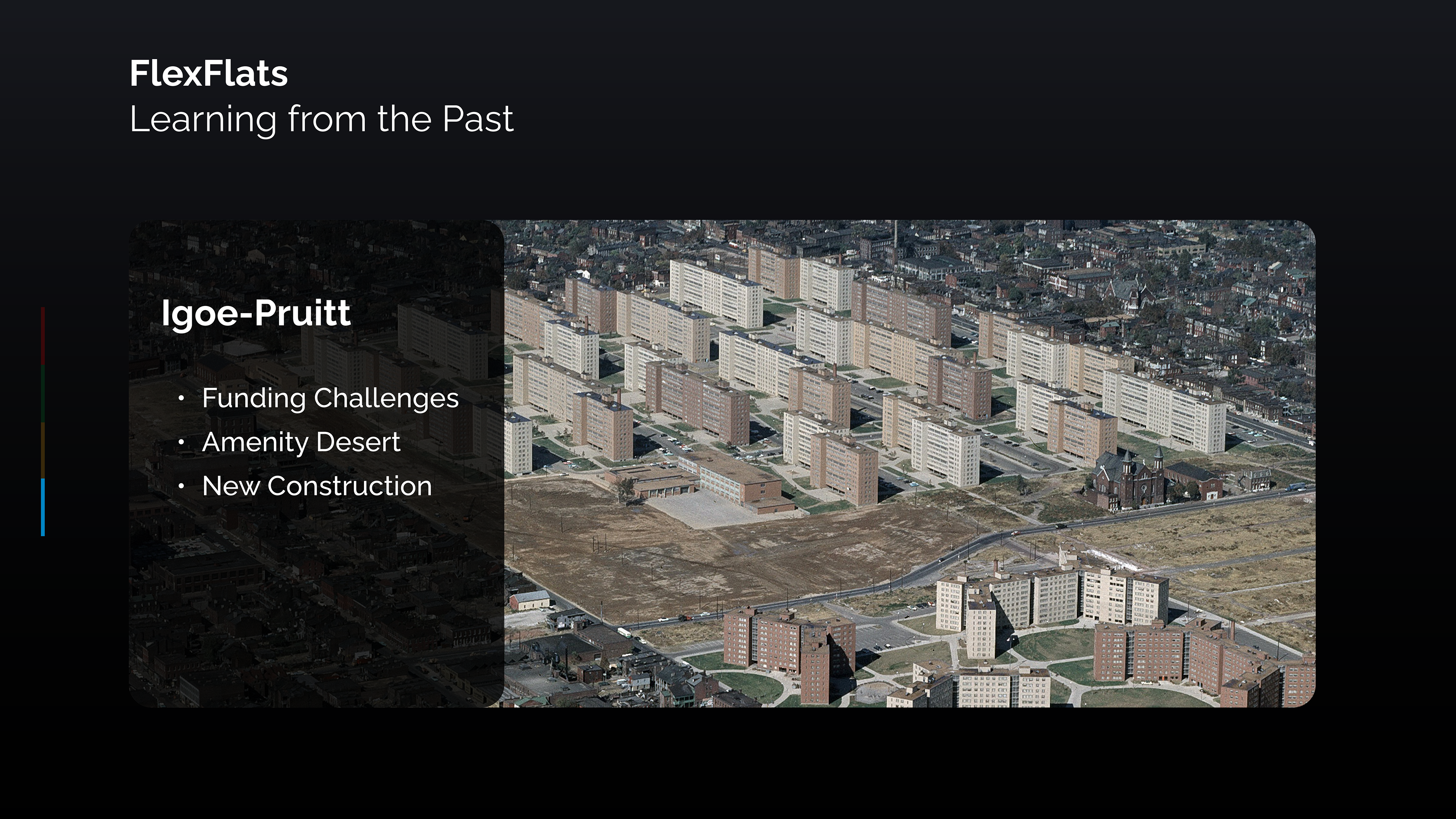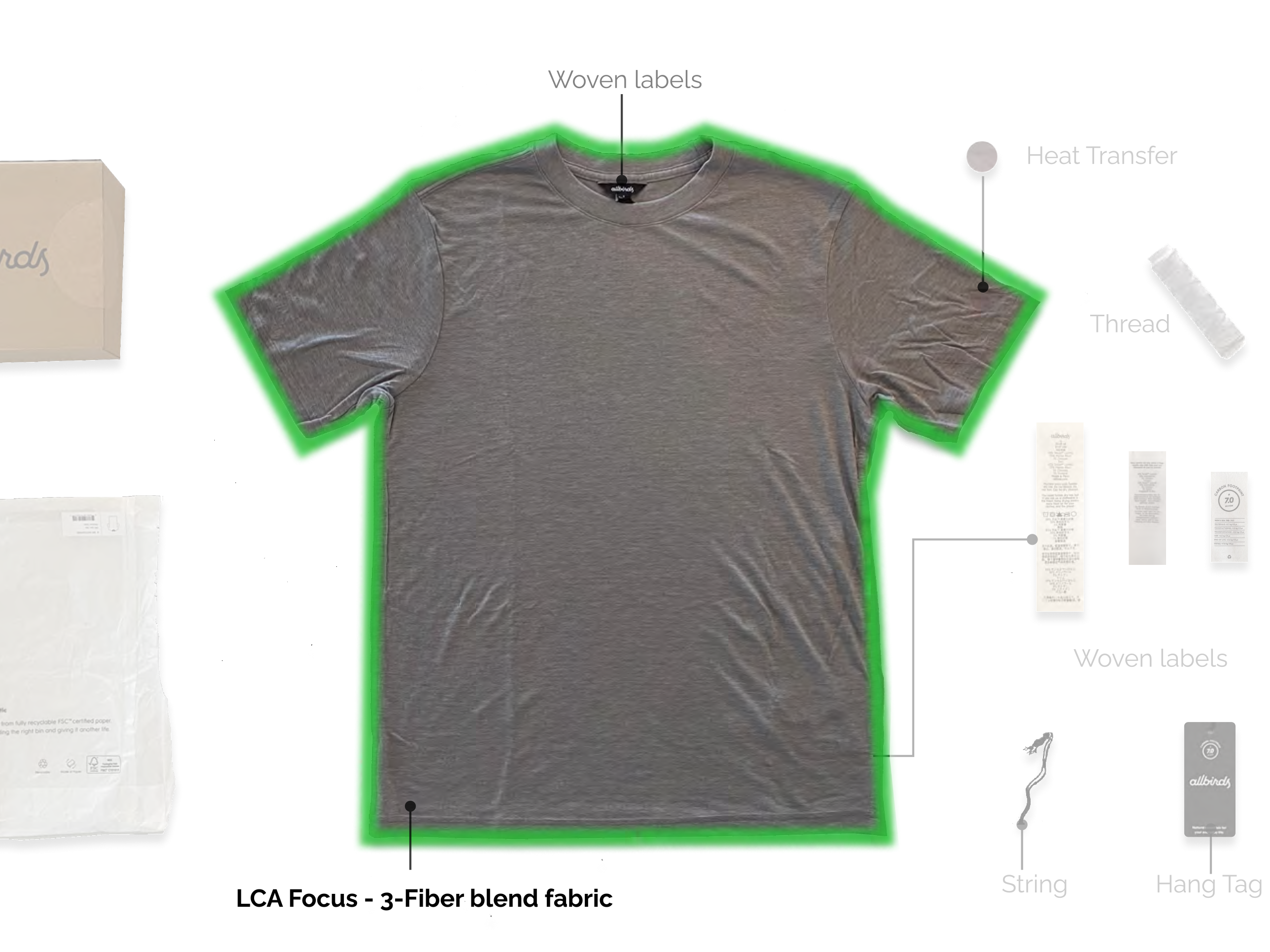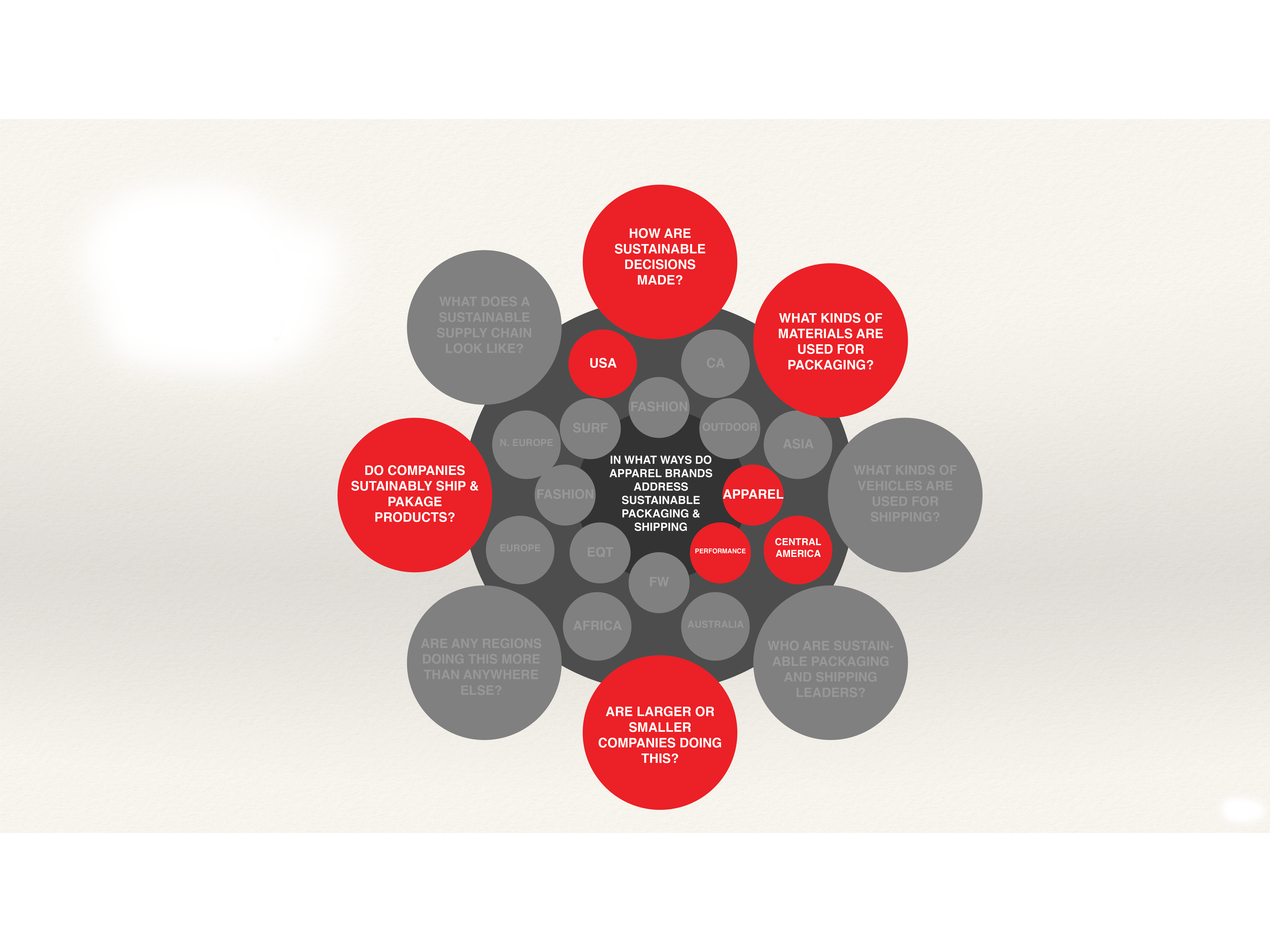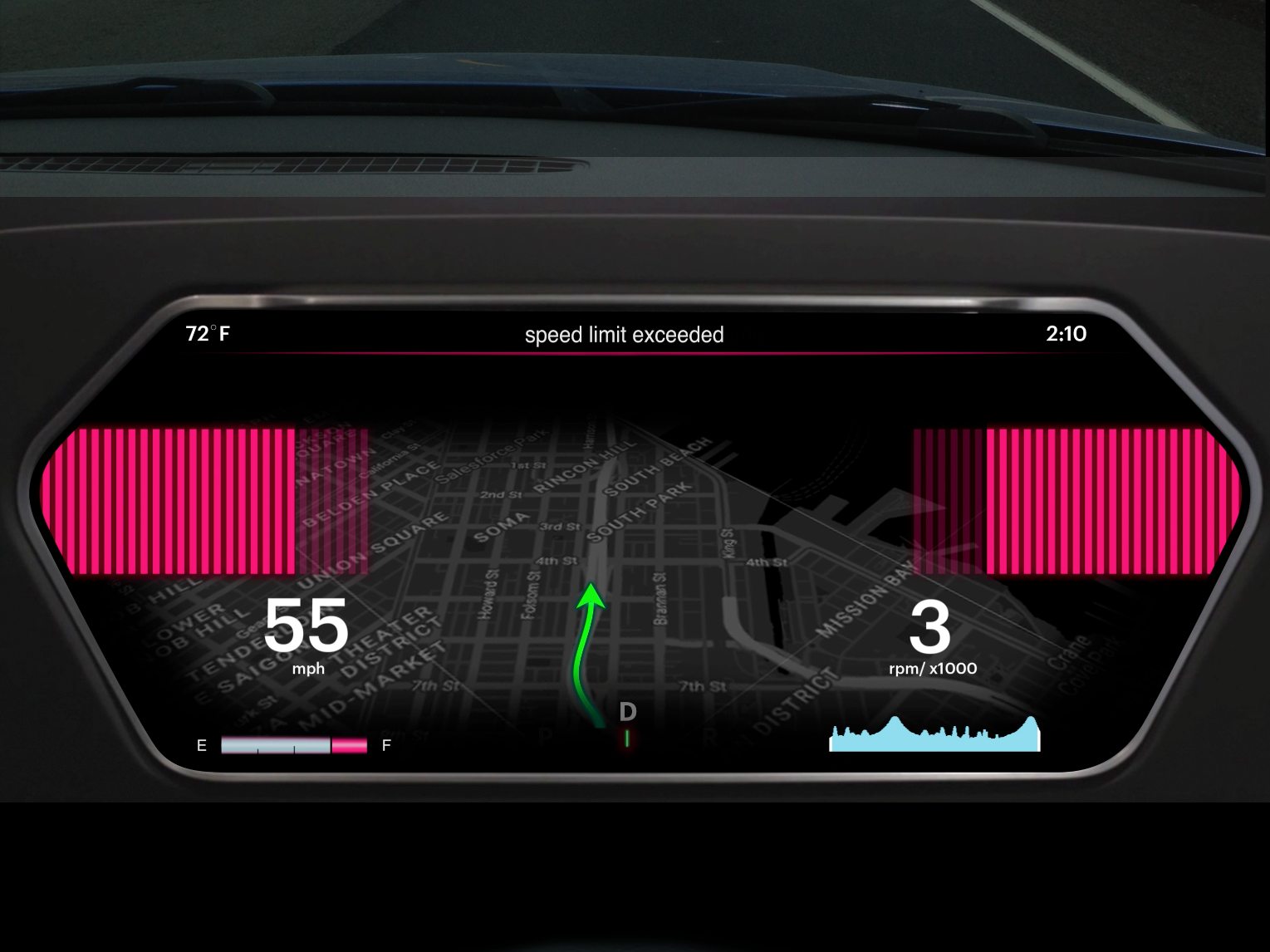The Urban Form Studio challenged students to work as a team to imagine and design a multi-faceted yet cohesive, sustainable, resilient and highly desirable transportation system for Los Angeles for the year 2050
Each team member designed a component of the system and together developed, evolved and integrated components into a cohesive concept that solves for long, mid and short term travel while meeting sustainability goals outlined by LA county.
I tackled the compound problem of first and last mile transportation challenges and the scarcity of affordable housing in Los Angeles. The resulting design called Flexflats combined mobility and affordable housing in a single service

This comcept brings together many disparate necessities like never before. The two most important necessities in this equation are equitable living and transportation bundled together as one service
Local mobility strives to create agency, the freedom to go wherever, whenever one wants. Today in LA that means access to a vehicle and mobility options. If where you live does not provide that you have no agency. The first mile/last mile (FM/LM) problem in public transport refers to the spatial accessibility of public transport and is the most important factor determining whether an individual will choose public transport. The vast majority of the county's population lives within three-miles of a rail station or bus rapid transit stop but with no way to get there
The other component of this crisis is a low inventory of affordable housing in LA. The city of LA is well aware of both issues and is partnering with developers to provide affordable housing at or near major public stations. Several Transit Oriented Communities (TOC) projects are currently underway. Transit Authorities are making the connection that true agency is activated when you give people access to affordable housing and transportation. Access to public transit is a big piece of the puzzle but in LA we know people need and expect more.
Sadly, in LA home ownership is out of reach for most. And studies show that the affordable rent and the wage gap is increasing. The Los Angeles County Metropolitan Transportation Authority CEO, Stephanie Wiggins,
was recently quoted as saying that “Access to ‘A’ vehicle gives people access to 17 times more destinations.
was recently quoted as saying that “Access to ‘A’ vehicle gives people access to 17 times more destinations.
Los Angeles is so complex and spread out just giving people access to public transit won’t solve the problem and just building more traditional forms of low-income housing won’t solve the problem either. Research uncovered critical learnings. The Pruitt-Igoe development of 1954, a huge complex of 33, 11 story buildings in St Louis was completely demolished only 4 years later and branded by many as a failure. Reasons are a matter of considerable debate. Some believe it was poor modernist design, others believe it was made to be a scapegoat, a symbol of failure and an easy way to draw conclusions about the racial and social dynamics of public housing. What is potentially more salient is commentary that funding was always a problem and that as the city changed radically, policies for funding didn’t change along with it. In addition the area around Pruitt-Igoe gradually “became an amenity desert,” lacking sufficient access to transportation, jobs, and food. Recent audits of projects like Pruitt-Igoe suggest that large scale new construction builds pose significantly greater challenges than newer adaptive reuse strategies - that renovate and reconstruct existing public housing units


By Contrast, Co-op city in the bronx NY. It is widely regarded as a modern day success story of affordable housing. It is the largest single residential development in the United States. It is 15,372 residential units, in 35 high rise buildings and seven clusters of townhouses. Co-op city’s reason for being has always been affordability but Co-op City’s beginings were riddled with problems. During Co-op City’s construction phase, costs ballooned by over 100 million by the time construction ended in 1972. As a result residents’ carrying charges soared. Protests against carrying charge increases culminated in the largest rent strike in American history. 80 percent of Co-op City’s more than 50,000 residents withheld their carrying charge payments from the state. The strike ultimately won residents direct control of the development and showed the power of tenant organizing. Co-op City’s cooperative model has also played an important role in its success. Because resident owners cannot realize profits from selling their individual apartments, turnover in Co-op City is low, and it has avoided gentrification. Since its inception the only public transit servicing the community are bus lines. Only just recently has a new Metro-North train line been planned for 2026
Re-purposing infrastructure will drive where FlexFlats are situated as well as cites that are close to schools, city services and public transit. Local Education Areas are good candidates and with the passing of senate bill 6 and Asembly Bill 21 commercial corridors previously reserved for big box retail and office buildings are options as well.
FlexFlats target underserved groups, largely, the working class: workers below median income, the education Industry Workforce, Service Industry/ Gig workers, Students and those at Risk to be homeless but FlexFlats will also have economically diverse residents
Each FlexFlat pools revenue from tenant monthly payments with startup funds by issuing investment shares to private companies. This incentivizes tenants and investors to turn a profit and make the co-op the best in can be.
FLexFlats mobility services network with all other FlexFlats throughout the city. These mobility services are also available to the general public for a subscription fee. In essence Each FlexFlat is a micro mobility hub which generates a revenue stream. 80% of FlexFlat are reserved for people earning at or below the median income level. The other 20% are sold at market value. That 20% not only brings in additional revenue it allows for economically diverse occupency. Putting a cap at 20% helps to minimize over-gentrification. Lastly what is also different about FlexFlat is a percentage of profits are reserved to give back to their members and give back to the communities where they operate. This takes the form of donations to charities, supporting local schools and partnering with local food banks
FLexFlats mobility services network with all other FlexFlats throughout the city. These mobility services are also available to the general public for a subscription fee. In essence Each FlexFlat is a micro mobility hub which generates a revenue stream. 80% of FlexFlat are reserved for people earning at or below the median income level. The other 20% are sold at market value. That 20% not only brings in additional revenue it allows for economically diverse occupency. Putting a cap at 20% helps to minimize over-gentrification. Lastly what is also different about FlexFlat is a percentage of profits are reserved to give back to their members and give back to the communities where they operate. This takes the form of donations to charities, supporting local schools and partnering with local food banks
Mobility services and investment will come from private partnerships. A company like Uber would be a potential candidate to participate. Uber is used widely all over the world but the service is more a luxury than a utility. Any business strives to make their service available to more users. Uber is thinking along these lines already - they have a number or projects underway with public transit to facilitate more efficient and equitable ways to move people and recent extensions of the Uber platform have expanded to include Uber eats, Uber Freight, Uber Air and Uber Business - this is an indication that Uber is always looking to expand peoples expectations of vehicle use
The business model for FlexFlats is a spin on Co-op City. Co-op city in the bronx NY is the largest single residential development in the United States. It is 15,372 residential units, in 35 high rise buildings and seven clusters of townhouses (all on one site). It It sits on 1.3 square kilometers. Co-op city’s reason for being has always been affordability. The median apartment in Manhattan sells for well over $1 million. Renting is no more affordable. The average apartment in Manhattan rents for $5,058 a month. Today, residents of Co-op City apartments pay an equity deposit of $22,500 to buy into the cooperative and thereafter $751 in monthly carrying charges, which include utilities.
In other words ownership is designed as a “limited equity” cooperative. When residents move in, they “buy in” to the cooperative as a whole, rather than owning their individual apartments. Monthly carrying charges, cover costs of maintenance, utilities, operating expenses and the mortgage on the property. Residents participate equally in the management of the cooperative through an elected resident board. When residents leave, they sell their share back to the cooperative and recoup their equity deposit
The concept begins with principles of adaptive reuse by taking advantage or newly available office spaces or abandoned retail and converting them into apartments. Ideal sites are not in food or transit deserts but in vibrant urban areas. Eventually, these sites become micro mobility hubs and and community centers
FlexfFlats will be spread out, creating a robust network of mid-size structures in vibrant communities. Starting in 2028 the platform starts with providing low-impact active mobility devices to underserved areas and over time includes micro mobility devices. By 2035 as existing structures in need of upgrades and new sites are identified, parking structures and lots can be repurposed. Vehicle design maximizes efficiency and are powered by clean energy. and then in 2050 New builds house Micro and active mobility, additional social services such as counseling and child care. Residents are part of a co-operaative with real political power and given access to home ownership. The service could then spread to other cities and residents can affordably explore other cities though a service called Flat-Swap






